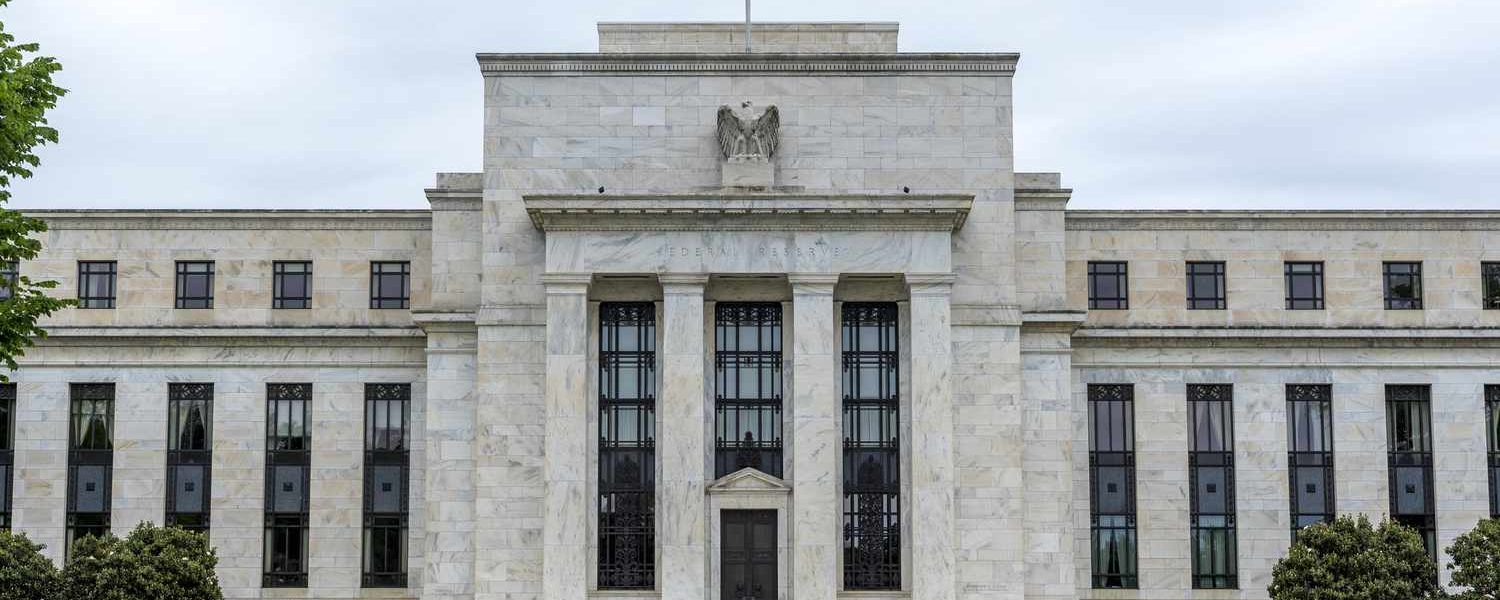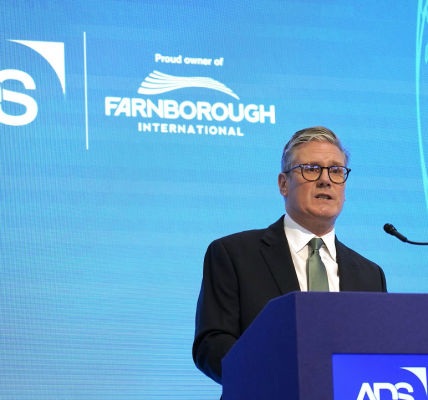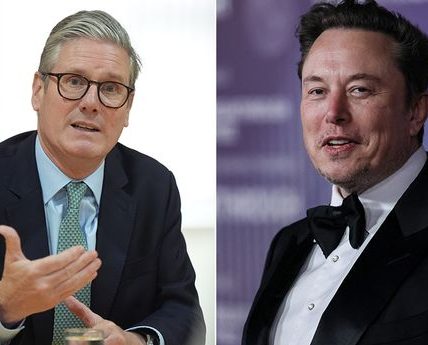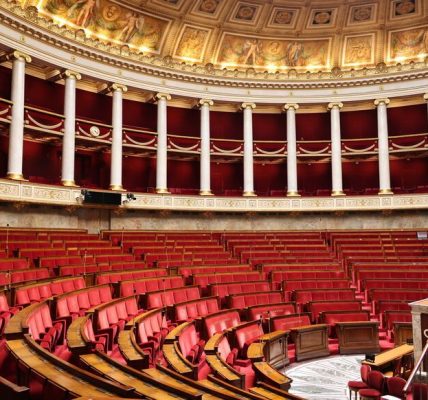The Federal Reserve has made waves in the financial world by cutting interest rates in a move aimed at stabilising a turbulent economy. But what does this decision mean in a broader context, both economically and politically? More importantly, how does it feed into the narrative that former President Donald Trump has been pushing—that the economy is “very bad”, and the Fed is “playing politics”?
Let’s dive into the macroeconomic implications before addressing the political landscape.
Interest rate cuts are traditionally seen as a tool to stimulate economic activity, especially in times of slowdown or crisis, known as monetary policy. When the Fed reduces rates, it lowers the cost of borrowing for both consumers and businesses. Cheaper loans can fuel investment in the business sector, as companies find it easier to finance expansion and innovation. At the household level, individuals may borrow more for homes, cars, or consumer spending, all of which can boost aggregate demand.
Now, let’s talk about the political landscape, which is where the former president’s criticisms come into play.
For Trump, this move by the Fed offers a two-pronged narrative: first, that the U.S. economy is faltering under the current administration, and second, that the Federal Reserve is using its power to influence political outcomes.
Trump’s perspective hinges on the idea that a rate cut signals economic weakness, which contrasts with the Biden administration’s messaging that the economy is strong and recovering. By cutting rates now, he implies that the Fed is artificially propping up a Biden-led economy that otherwise would be showing significant signs of distress.
He has often attacked the Fed for being overly cautious in raising rates during his tenure, accusing it of hindering what he saw as a booming economy. Now, with the rate cut, Trump sees an inconsistency: why cut rates now if the economy is as resilient as current officials claim? For him, this is proof that the Fed is engaged in political manoeuvring.
However, it’s important to recognise that central banks like the Fed traditionally maintain a stance of neutrality, prioritising economic stability over short-term political gain. The whole point of having an independent central bank is to avoid government bias. This is because the higher inflation is, the lower the real value of debt (Fisher Equation: Nominal Interest Rate = Real Interest Rate + Inflation Rate) and borrowers become better off. This gives way to an unavoidable conflict of interest for the government, who are known to be the biggest borrowers. Still, the timing of the rate cut does raise eyebrows. One could argue that by lowering rates, the Fed is indirectly aiding the current administration, making it easier for Biden to claim credit for economic resilience heading into an election cycle.
So, is the economy truly “very bad,” as Trump claims? The data paints a more nuanced picture. On the one hand, inflation has been a persistent issue, and despite some improvements, wage growth hasn’t kept pace with rising living costs. On the other hand, job creation has remained strong, and many economic indicators suggest that the U.S. is not on the verge of a recession. The Fed’s rate cut is likely more of a pre-emptive measure to prevent future slowdowns rather than an acknowledgment of current economic failure.
While the Fed insists its actions are grounded in economic analysis, Trump’s narrative that this rate cut is an admission of failure from both the Biden administration and the central bank will likely resonate with his supporters. Whether the Fed is “playing politics” remains up for debate, but this rate cut will definitely shape both the economic and political conversations leading up to the next election. And as always, the intersection of macroeconomic policy and political manoeuvring will continue to be a contentious battleground.






